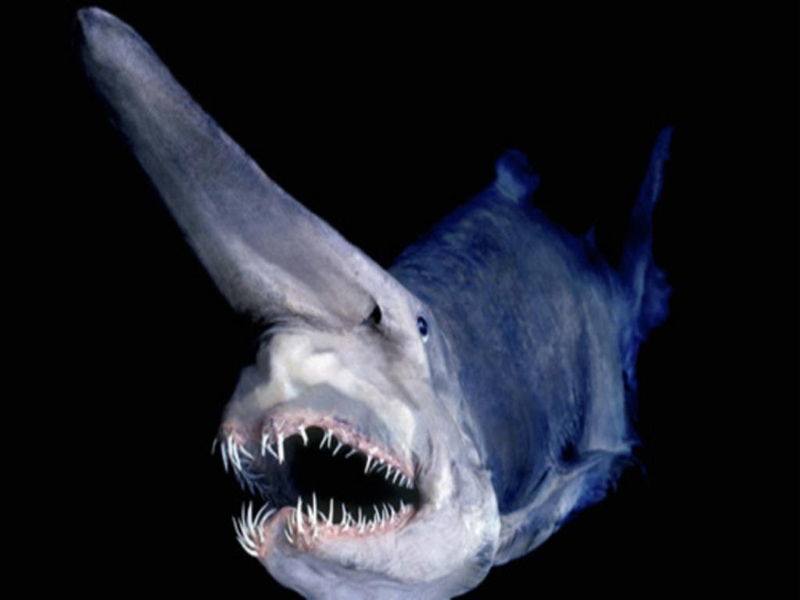

Seen from below, the sharks appear backlit against the bright surface of the water, leaving them exposed to potential predators without any place to hide. The sharks all live in what is known as the mesopelagic or “twilight” zone of the ocean, between 200 and 1,000 metres deep, beyond which sunlight does not penetrate.

“I hope the new generation will carry that message, and I’m more than happy to my little piece of the jigsaw to a big program to protect the ocean,” Mallefet says.The researchers, from the Université Catholique de Louvain in Belgium and the National Institute of Water and Atmospheric Research in New Zealand, said the findings had repercussions for our understanding of life in the deep sea one of the least-studied ecosystems on the planet. “We hope by highlighting something new in the deep sea of New Zealand-glowing sharks-that maybe people will start thinking we should protect this environment before destroying it,” he tells Mongabay. Mallefet says he hopes he will soon be able to safely travel for his research and continue investigating the glowing denizens of the deep. Speaking with the Guardian, Mallefet says “we are still very surprised by the glow on the dorsal fin. “I tend to say they are the MacGyver users of light, because they use bioluminescence in many different ways,” Jérôme Mallefet, a marine biologist at the Université Catholique de Louvainthe and the study’s lead author, tells Mongabay.Ĭuriously, the kitefin’s dorsal fin also emits light. Per the Guardian, the kitefin may also be using its glow to illuminate prey on the seafloor. In the darkness of the deep sea, the ocean surface is a faintly luminous backdrop against which a glowing shark would disappear when viewed from below, concealing it from predators or prey.

Researchers aren’t exactly sure what purpose the ability to glow serves for the sharks but speculate that their glowing bellies could make them harder to see from below. Researchers tell Mongabay that this trio of sharks appears to produce light some other way.

Most bioluminescence in the deep sea involves a chemical compound called luciferin that glows when it interacts with oxygen. A study detailing the discovery, published last month in the journal Frontiers in Marine Science, confirms the three sharks’ bioluminescence but suggests their biochemical mechanism for producing light may be different from most sea creatures, per Mongabay. All three sharks inhabit the ocean’s mesopelagic or “twilight” zone, which spans depths of 660 to 3,300 feet below the surface.īioluminescence is relatively common in the deep sea among fish and squids, but its presence has been murkier and less well-studied among sharks, reports Elizabeth Claire Alberts for Mongabay. The three bioluminescent sharks-the kitefin shark, the blackbelly lanternshark and the southern lanternshark-were hauled up from the deep during fish surveys of an ocean bottom feature called the Chatham Rise off the east coast of New Zealand in January 2020. One of the species, the kitefin shark, can reach lengths of nearly six feet and researchers say its cool blue glow makes it the largest known species of luminous vertebrate on Earth. Scientists have discovered three species of glowing sharks in the deep ocean near New Zealand, reports Elle Hunt for the Guardian.


 0 kommentar(er)
0 kommentar(er)
